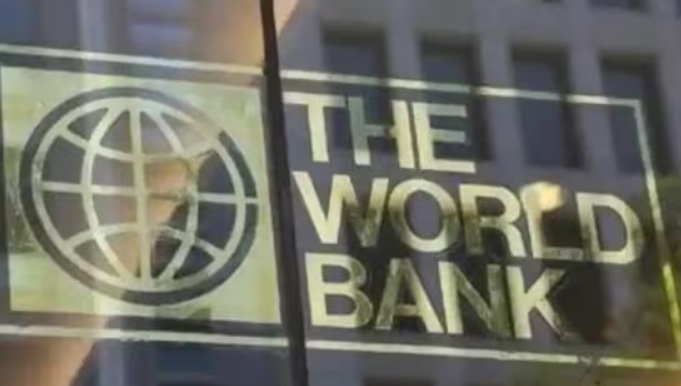
Pakistan’s economic growth could be below 3% for next 2 years, World Bank says
Pakistan’s economy is set to grow 1.8% in the current fiscal year ending June 30 and will expand to 2.3% in the following year and 2.7% in 2026.
Pakistan’s economic growth is expected to pick up from the current fiscal year but remain below 3% for the next two years, according to the latest estimates from the World Bank.
The economy is set to grow 1.8% in the current fiscal year ending June 30 and will expand to 2.3% in the following year and 2.7% in 2026 if there is continuous fiscal consolidation and a new bailout program from the International Monetary Fund, World Bank country economist Sayed Murtaza Muzafarri said in a briefing in Islamabad on Tuesday.
The estimates come as Pakistan’s economic growth weakened in the second fiscal quarter after record high interest rates affected business activities. The South Asian country succeeded in averting a sovereign default last year, but the economy has remained fragile.
In a Pakistan development update issued the same day, the World Bank said “policy constraints to sustainable economic growth remain unaddressed.”

“Unless a major structural reform program is durably implemented, growth is expected to remain muted amid continued very low investment, persistent external imbalances, distortionary fiscal policies, and a large state presence in the economy,” the World Bank said.
Prime Minister Shehbaz Sharif, who returned to power after contentious elections in February, is seeking a new loan from the International Monetary Fund to support the economy and bolster Pakistan’s foreign exchange reserves.
The nation remains heavily reliant on IMF aid with $24 billion in external financing needs in the fiscal year starting July, about three times its foreign exchange reserves.
Inflation is expected to average 26% in the current fiscal year and will ease to 15% next year and 11.5% in 2026, World Bank’s Muzafarri said. In March, Pakistan’s inflation pace eased to 20.68%, the lowest in almost two years as borrowing costs reined in economic growth and domestic demand.


